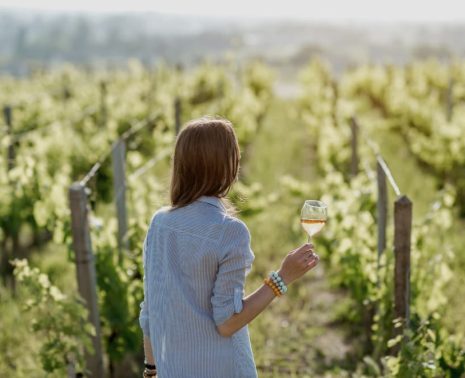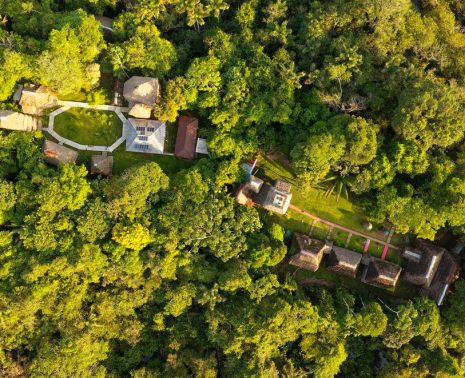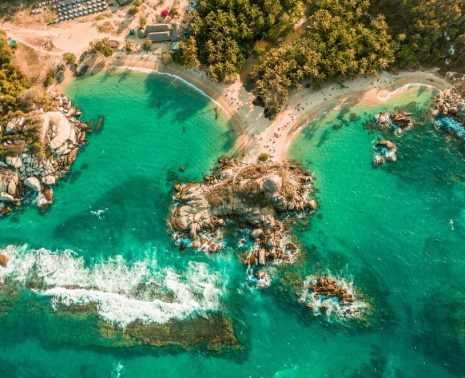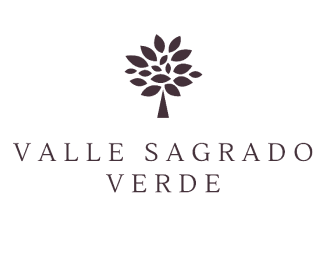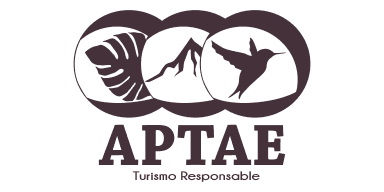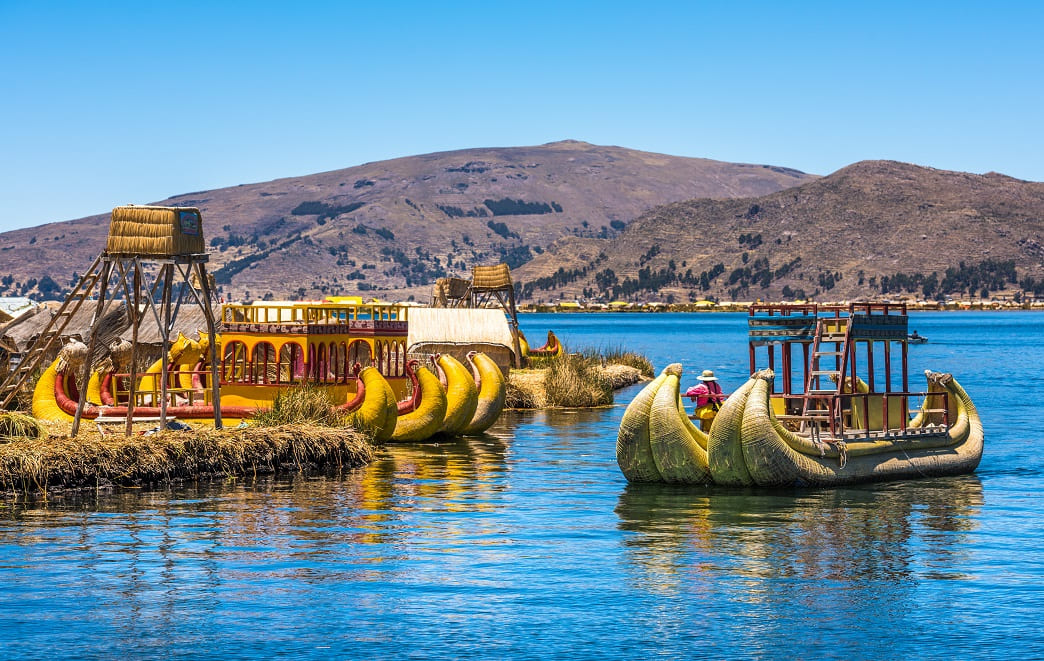
Peru is rich with beautiful and complex indigenous culture throughout the country, and in recent years, many of these communities have opened their doors to visitors, showing them the cultures, traditions, and customs that have been a part of their daily life for thousands of years. Travelers looking for a truly unique experience that allows them to sustainably support these communities will find a plethora of options – from learning how to harvest reeds to craft canoes to learning about herbal medicine, textile weaving, and more, Peru’s indigenous communities are ready to welcome you on your luxury trip to Peru. Read on to learn more about the communities and what they offer to visitors and reach out to us today to plan a visit to an indigenous community as a part of your once-in-a-lifetime visit to Peru.
1. Uros people in Lake Titicaca
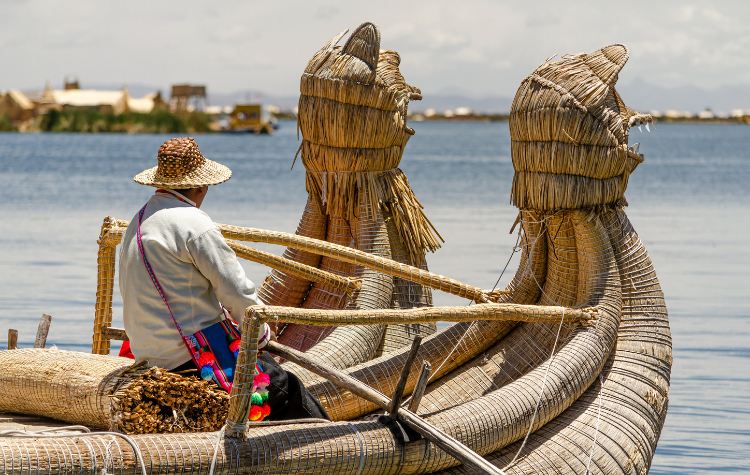
Uros indigenous man in his totora boat
Located on the border shared by Peru and Bolivia is the historic Lake Titicaca. Known as the largest lake in South America, this body of water sits high in the Andes Mountains, and has served as the home to the Uros tribe for nearly 4,000 years. Awarded as a UNESCO World Heritage site for its cultural and ecological importance, Lake Titicaca and this indigenous community lives on top of islands formed out of dried Totora reeds, woven together to create large floating structures. Each island is hand built and constantly maintained by the Uros people. Today, the community lives on in order to preserve the one-of-a-kind lifestyle that dates back to pre-Incan civilizations.
Visitors can make their way to the islands with ethically operated guided tours, providing travelers with an immersive experience that aims to educate and support the community rather than take away from it. Local residents are often excited to show visitors around, and even get a private boat tour from the families that create the unique reed boats used by the Uros people.
For those who want an even more immersive experience with Lake Titicaca’s tribe, commit to a short homestay. Get a feel for the authentic Uro lifestyle in addition to the standard island tour. Guests are housed by local families and are encouraged to participate in activities with the locals! Learn how to harvest reeds, navigate the lake with reed canoes, and even set up nets to catch your breakfast for the next morning. Not only do these opportunities provide direct financial support for the Uro tribe, but also provide you with a sustainable way to travel through South America’s historic, floating community.
2. Quechua people of Amantaní Island in Lake Titicaca
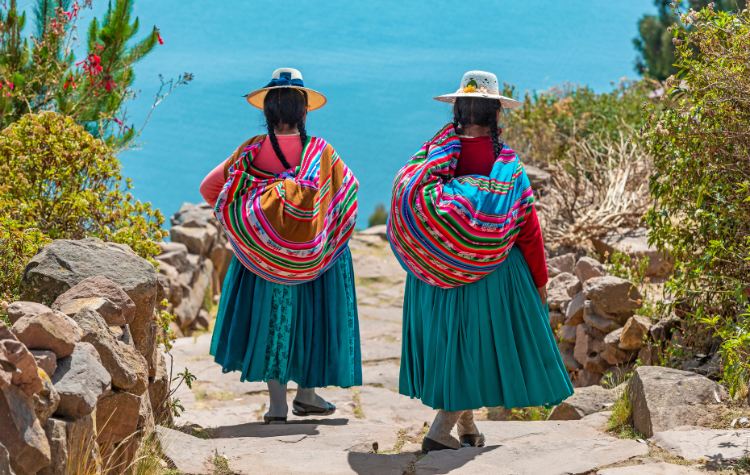
Women on Amantaní Island
One of the most unique and authentic experiences visitors can have in Peru is visiting the native Quechua people of Amatani Island, near Lake Titicaca. The Island hosts about 3,600 inhabitants of Quechua origin, mainly all locals are small farmers. The most important crops for locals are Andean potatoes, bailey, and green beans. With many years of generations of experience, Amantani people have also become excellent traders of handicrafts and clothing. In recent years, the native people have welcomed visitors into their homes in efforts to bolster their tourism economy and preserve their culture.
During your homestay experience, you will receive a tour of the floating islands and will end up your day tour at Amantani Island where you will spend the night at a local family house. Upon your arrival, native families will welcome you at the harbor, and afterward, the guide will introduce you to the separate family you are going to stay with. In the afternoon after lunch, you will visit the highest point of the Island to explore the ancient ruins on a mountain called Pachamama. From there you will get to enjoy the stunning views of Lake Titicaca at sunset. After dinner and a little time for rest, you will be invited to a particular party at the main folklore saloon. Your host family will provide traditional clothing for you to attend a traditional Andean party; where men are given ponchos and wooly hats, and women are given colorful skirts, blouses, and veils. The traditional clothing, music, and dances give visitors a look into the authentic, centuries-old traditions of the Amatani people in the most fun way possible – through a party!
3. Amaru and Paru Paru in Cusco
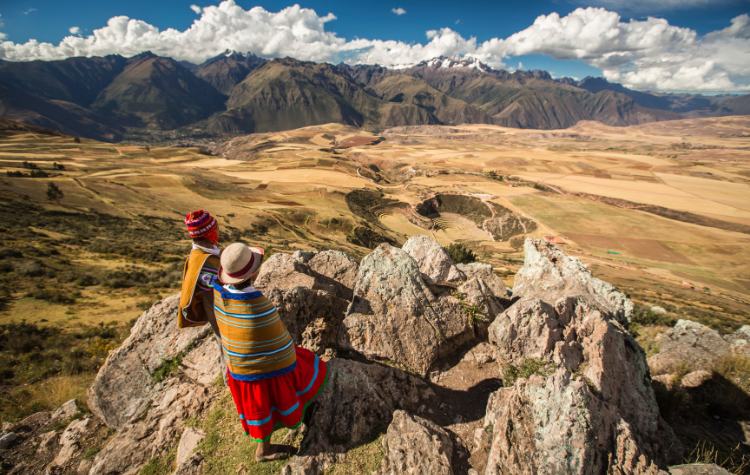
Watching Moray from above
The Amaru Community is a unique and small Andean village. Locals welcome visitors with beautiful native music and flower decorations at the entrance of their houses. The region is known for its gracious offerings to Mother Earth, or ‘Pachamama,’ as symbolic displays of gratitude for daily life, food abundance, harmony, peace, and the opportunity to meet brothers from different cultures. Citizens of Amaru are as talented as they are hospitable, and are known for being masters in the art of weaving in the unique and authentic tradition of their ancestors.
As one of the highest living communities at an altitude of nearly 12,000 feet, visiting the Amaru people is an incredibly unique experience. The beauty of the region, its hospitality and friendly locals make the possibility of dizziness from the altitude completely worth it. The Amaru Community is located within the Pisaq District, Colca Province, and Cusco Region, an area full of lush landscapes, Spanish-colonial architecture, and access to Inca archeological remains.
Tucked away in the Sacred Valley, once you arrive at the Amaru villages, you will experience the daily life of a typical mountain community and observe how the people weave textiles, such as belts and blankets, and how they grow and harvest their produce. You will also have the opportunity to taste the delicious different types of Andean potatoes and corn, local delicacies that have been eaten by the Amaru for thousands of years. The visit is a perfect extra day on your trip to the Sacred Valley. For ideas on itineraries that include a visit to Peru’s Sacred Valley, click HERE.
4. Shipetiari community near Manu National Park
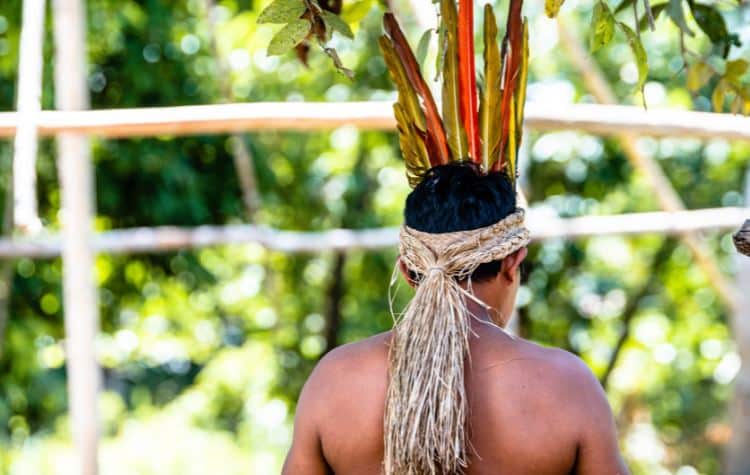
Man from the Shipetiari community about to hunt
Close to the shores of the Madre de Dios river and at the fringes of the Manu National park lives the Machiguenga community of Shipetiari. This indigenous Machiguanga community consists of only about 7000 people, all living in the region of the Manu National park. Recently, the Machiguenga have opened their homes to tourism.
Visiting them on your luxury trip to the Amazon Rainforest is an unforgettable experience that gets you up close and personal with the indigenous groups in the area. When visiting, expect to participate in the activities that the community shares between the families, like learning how to make and use a bow and arrow, or brew their local beer, called Masato. From the village elders, you can learn about their faith and vast knowledge of plant-based medicine, which the indigenous community has known for thousands of years. When it comes time for dinner, you will have the opportunity to engage in harvesting yuca, or cassava, bananas, or other seasonal products. Prepare these with the locals and in the evening, you’ll participate in a campfire and traditional dishes made from your harvest, such as pacamoto, pieces of fish cooked in bamboo, banana, and more while listening to the stories of the Shipetiari legends.
5. Textile Weavers of Chinchero / Umasbamba
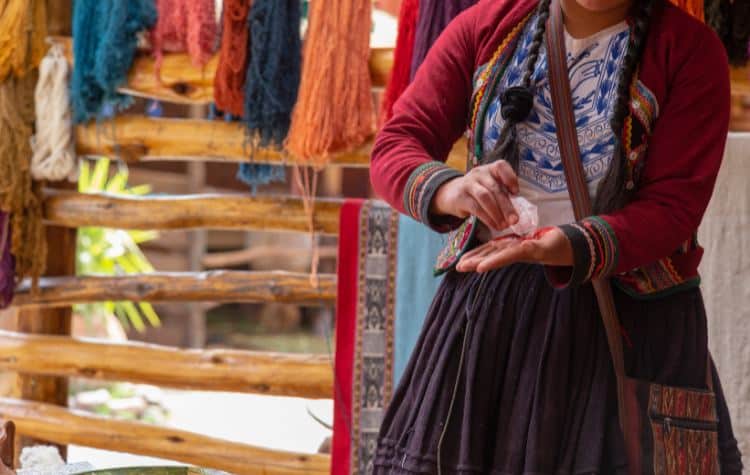
Creating textiles in Chincheros
Peruvian textiles are as embedded in the Andean culture of Peru as Huayno music, potatoes, and the Incas. Many of the designs that you see today come from the Umasbamba weavers breaking the mold and putting their humble Andean village on the map through their art. Umasbamba is a small Quechua village of about 32 families located on the outskirts of Chinchero in the Cusco region.
What sets the Umasbamba weavers apart is their willingness to share more than their textiles with curious travelers. After years of opening their hearts and homes to travelers the world over, the Umasbamba weavers again did something unprecedented – they opened the Umasbamba Textile Museum, a place that offers travelers to Peru yet another way to deeply connect with Peruvian culture during their visit. The museum is the culmination of a long unfolding project to share the story and the art of textile weaving in Peru and, more specifically, in Umasbamba. The museum is like a one-stop-shop for travelers to learn the history behind the Peruvian textile tradition, see the weaving process unfold, and purchase textiles straight from the weavers who wove them.
6. Patacancha & Willock Community
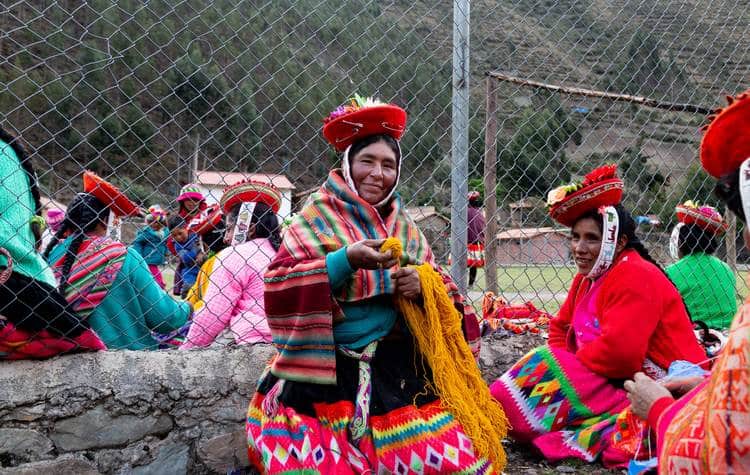
Women of the Patacancha community
Located just outside of the Sacred Valley town of Ollantaytambo, is the indigenous weaving communities of Patacancha and Willock, home to a few dozen Quechua-speaking families who are dedicated to weaving, agriculture, and cattle pasturing, including llamas and alpacas. The llamas and alpacas are used to supply wool which is then turned into woven textiles that are sold throughout the Sacred Valley, a tradition that is going strong, despite being around for thousands of years in Andean communities like the Patacancha and Willock. Each village has its own patterns, and one piece can incorporate several different techniques as well as express many different layers of meaning like respect to the earth, or iconography that tells hundreds of year-old stories about life in the village.
Though there are tour options that allow you to see the weaving experience firsthand, including visiting a local market where the textiles are sold, if you’re interested in a deeper look and don’t mind forgoing luxury comforts for a day, we highly recommend a homestay – or an overnight visit in the community. During your time, you will be immersed in the culture and daily life of your host family. Depending on the season, you may plant and harvest crops in the family chacra, or personal farm plot, prepare meals, hike up to pasture livestock, and of course, weave. The rustic indigenous homes are for adventurous and culturally curious travelers who are ready for an inside look at the communities, including sampling delicious food, trying your hand at weaving and, enjoying spectacular Sacred Valley views, and being graciously welcomed by a kind Quechua family.
Sip Responsibly at The Most Sustainable Vineyards in Argentina
Argentina's wine industry is not only renowned for its exceptional quality but also for its commitment to sust...
Read Post9 Wildlife Conservation Programs For Your Travel To The Amazon Rainforest
Travel to the Amazon Rainforest, often referred to as the "Lungs of the Earth," is a vast and ecologically cri...
Read PostThe Most Sustainable Destinations in South America To Visit in 2024
Sustainable travel to South America is critical in ensuring the destination, its biodiversity and rich culture...
Read Post

 Call
Call 







